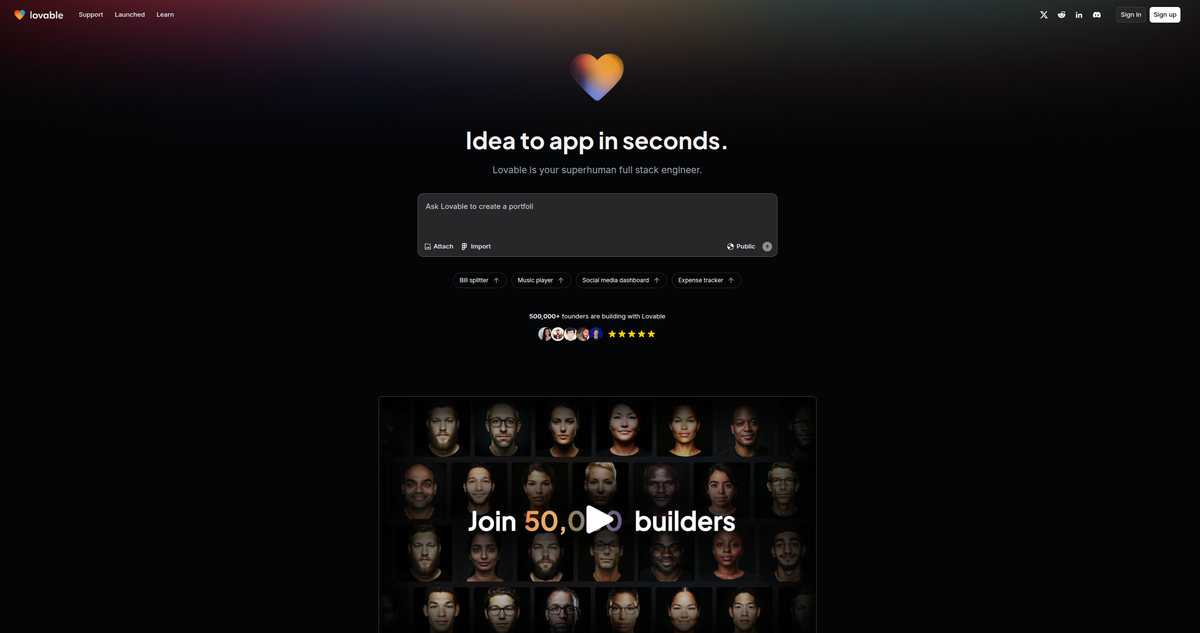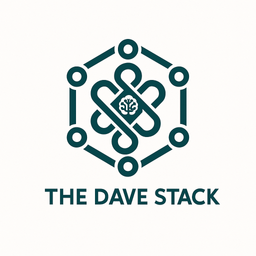
Exploring Vibe Coding Through Real-World Projects
If you're unfamiliar with the term, vibe coding refers to a creative and flexible approach to programming that emphasizes flow, intuition, and speed over strict planning. It's about building what feels right, in the moment, often guided by AI tools and rapid feedback loops. You can read more about it in the Wikipedia article on vibe coding.
Vibe coding is becoming an increasingly popular approach to software development—focused on creativity, flow, and rapid iteration over traditional, structured planning. With over 20 years in the field, I’ve decided to dive into this space and share my perspective as I explore several tools built to support this style.
In this series, I’ll be testing various platforms designed for intuitive, AI-assisted development. My reviews will be hands-on and honest, shaped by the real-world process of building something functional using each tool. These are the platforms I’ll cover:
Replit

Lovable

- Devin
- Bolt.new
- Horizons
Comparison: Vibe Coding Platforms
This table will serve as a living comparison across all tools.
| Feature | Replit | Lovable | Devin | Bolt.new | Horizons |
|---|---|---|---|---|---|
| UI | Feature-rich, but complex at first | Minimal and beginner-friendly | |||
| AI Interaction | Autonomous, versatile | Conversational, but quota-limited | |||
| Ease of Use | Better for devs with experience | Easier for vibe coding newcomers | |||
| Integration | Flexible (Firebase, PostgreSQL, etc.) | Seamless Supabase integration | |||
| Speed to Prototype | Fast with good prompting | Fast, and depends heavily on prompt clarity | |||
| Cost | Comparable pricing | Comparable pricing |
I’ll continue updating this comparison with each new platform review.

